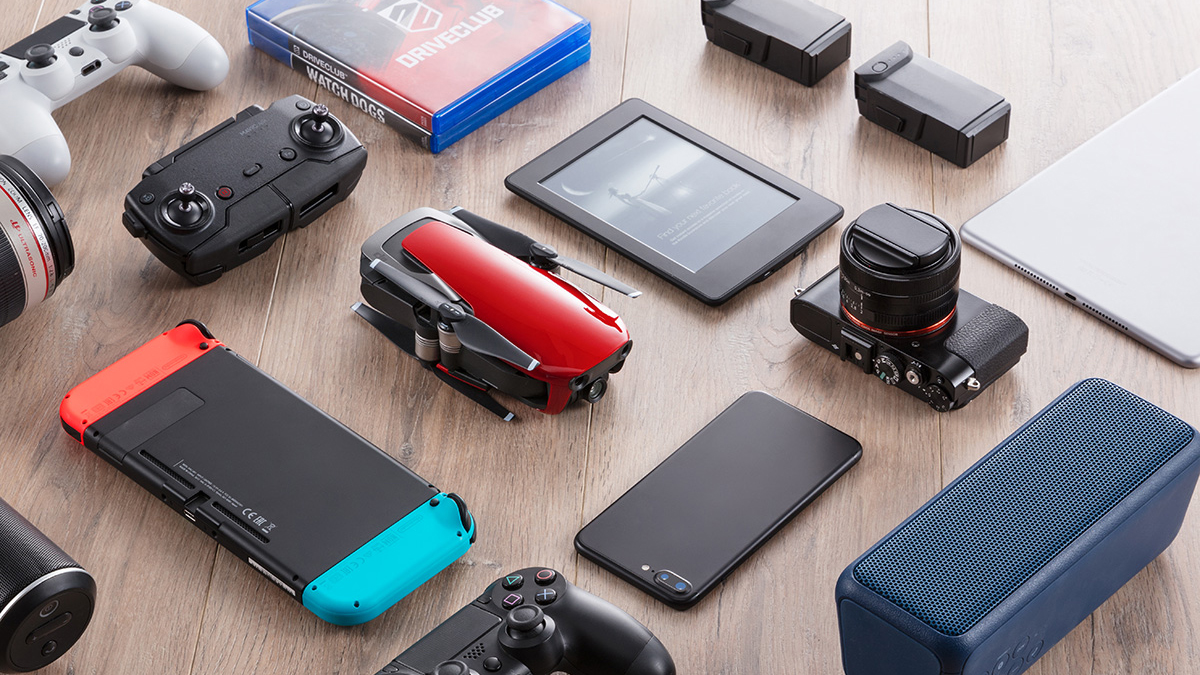The Mavic Air, introduced in January, represents the latest iteration of DJI’s top-selling drone line, the Mavic series. The Air name might represent that the drone is about half the weight of the Mavic Pro or could simply serve as a reminder that DJI is the Apple of drones in that it dominates the worldwide market share. What is clear about the Mavic Air is that it represents another evolution in DJI’s mission of bundling new features into a take-anywhere package.
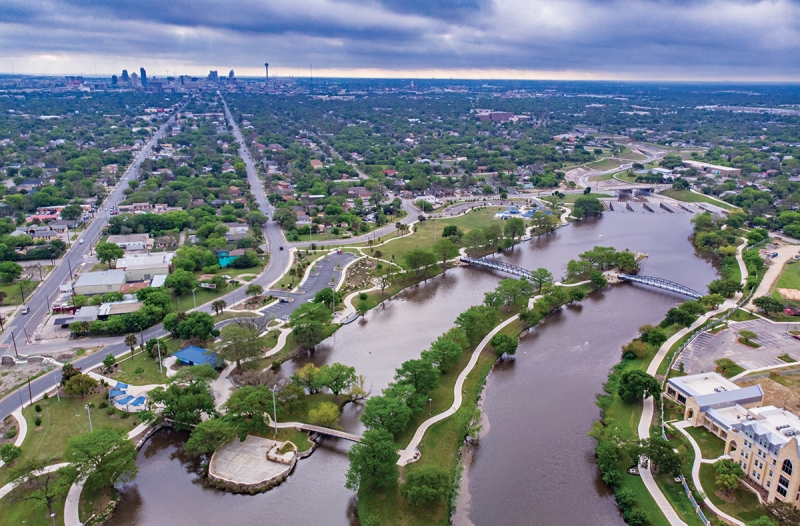
FLYING
In my first test with the Mavic Air its flight characteristics seemed jagged, with aggressive default values for drone braking that made it resist smooth flying. Once I put the drone into Sport mode that issue was solved and it was a joy to fly, with top speeds just over 40mph. Firmware updates from DJI have also improved the default flying characteristics. Unlike the smaller Spark, the Mavic Air held its own in the wind during testing. Flight endurance, according to DJI, is about 21 minutes with realistic flight times of 15-18 minutes in most circumstances.
Flight safety of this model is enhanced with some significant technology updates:
- The Mavic Air can detect obstructions in front of and behind itself using a full set of collision sensors.
- The new Flight Autonomy 2.0 algorithm features DJI’s Advanced Pilot Assistance Systems, which enables the Mavic Air to maneuver around objects automatically while flying forward or backward. While this is a helpful feature for new pilots, it also improves automated flight modes like Return to Home and increases the likelihood your drone will make it back if your controller battery runs out or gets disconnected from the drone.
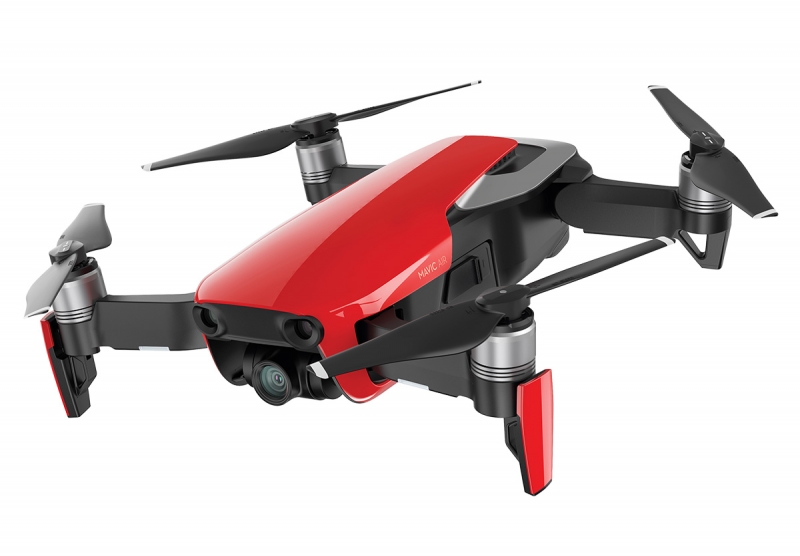
QUICK SHOT MODES
The Mavic Air features two new automated quick-shot modes that are impressive. Asteroid uses a combination of still photographs and video to create an immersive end product—a video that starts with a tiny planet view of the earth and dramatically zooms in to your exact location. You need to see this one to appreciate it.
Boomerang keeps the camera focused on you while the drone circles, rising and lowering its altitude. The result is a sweeping, cinematic “dronie” that, depending on your location, can be breathtaking.
ActiveTrack, DJI’s popular intelligent follow-the-subject flight mode, gets an upgrade by allowing the drone pilot to pick from up to 16 different subjects to track for the perfect pursuit video.
IMAGE QUALITY
Smaller than the Mavic Pro and just a tad larger than the DJI Spark, the Mavic Air is most impressive with its ability to capture 4K video at 100 megabits per second (the same bitrate as the Phantom 4 Pro and an improvement over the Mavic Pro 60 Mbps capture rate). This provides greater color depth and overall video quality unmatched in a drone of this size. The Mavic Air’s camera captures 12-megapixel images with a 24mm focal length (35mm format equivalent). The ability to capture Adobe DNG raw images helps ensure that Mavic Air still photographs have good color clarity and depth, especially if you take advantage of modes like Auto Exposure Bracketing or use the HDR mode to capture a wide dynamic range of tonality.
The Air introduces a 32-megapixel spherical panoramic capture setting. It does a stellar job of creating spherical images from a bird’s-eye perspective that allow viewers to explore an environment using mouse or phone movements. It’s an image format picking up support on social networks, including Facebook.
Unlike the DJI Spark, the Mavic Air is equipped with a 3-axis gimbal to help ensure that your aerial still photography and video are sharp, like having a tripod in the sky.
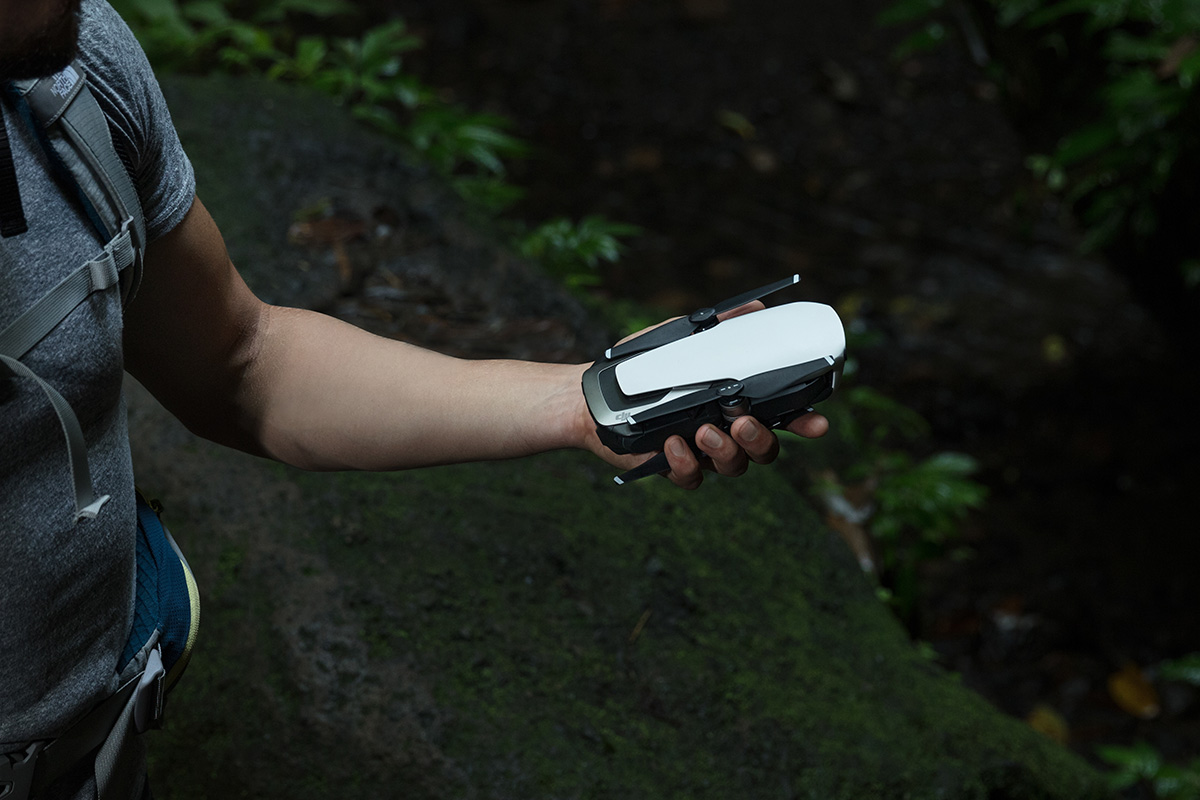
IMAGE TRANSMISSION
If I have one big complaint about the Mavic Air it’s DJI’s decision to opt for a Wi-Fi image transmission system to enable a live view of what the drone is seeing on your tablet or smartphone. The Mavic Pro uses OcuSync, which is the best image transmission system DJI has. Mavic Pro users rarely run into interference issues and often can fly the drone to the edge of their line of sight without a hiccup in image transmission.
The new “enhanced Wi-Fi” system performs well in general, but in urban environments it’s not uncommon to get interference messages from the DJI Go app as the system tries to navigate a sea of Wi-Fi signals. Given the smaller size of the drone, the Wi-Fi signal does a good job of transmitting image and flight information to the drone within the legal line-of-sight visual requirements. It’s evident, however, that the system isn’t as robust as the game-changing OcuSync technology introduced with the Mavic Pro.
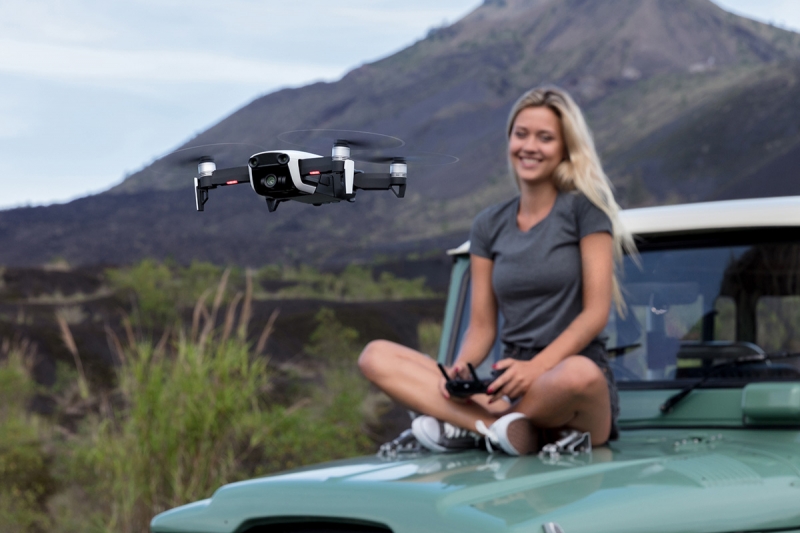
DESIGN ISSUES
There are a few characteristics of the Mavic Air that detract from the otherwise impressive user experience. The small access port on the rear of the drone requires too much work to eject the MicroSD card thanks to a non-detachable cover that gets in the way. Unfolding the drone falls short of matching the ease and elegance of the original Mavic Pro design. You have to remember to unfold the front motor stands, which are Wi-Fi antennas, and the rigid, non-folding propellers aren’t as forgiving when folding up the drone for travel.
In the grand scheme, these are minor blemishes on an otherwise outstanding entry in the take-everywhere drone category. The Mavic Air is fast, offers great video quality in a drone of its size, and will likely find its way into backpacks, pockets, and carrying cases of photographers who want a quality drone that is always ready for a quick launch into the sky.
Justin Moore is a photographer, pilot, and PPA certified drone photographer in San Antonio, Texas.
Tags: drone photography drones

